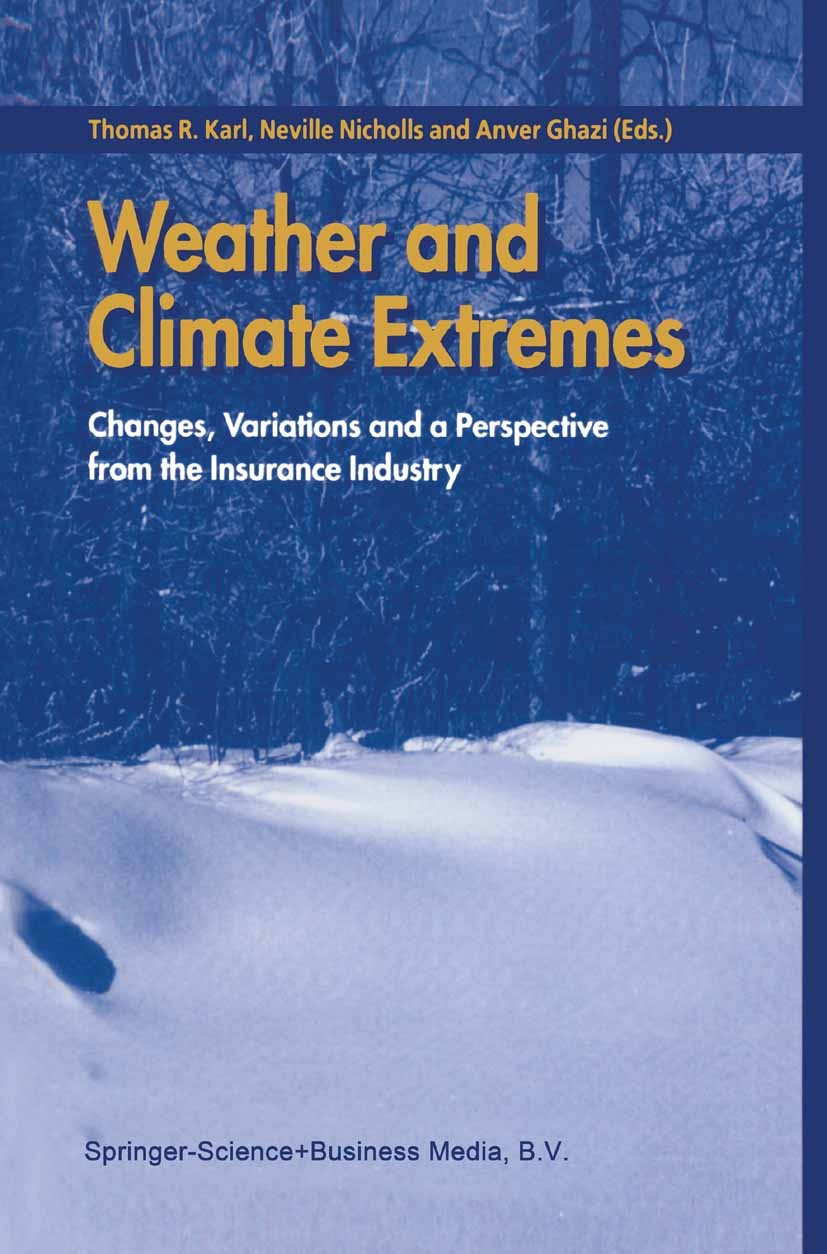Trends and variability of heat waves in Europe and the association with large-scale circulation patterns
IF 6.9
1区 地球科学
Q1 METEOROLOGY & ATMOSPHERIC SCIENCES
引用次数: 0
Abstract
Heat waves, defined by consecutive days of abnormally high temperatures exceeding local or regional norms, have been extensively studied during the summer season. However, their characteristics and driving forces in mid-to-late spring (April and May) and early autumn (September) remain poorly understood. This study employed Empirical Orthogonal Functions and composite analysis to investigate the frequency, trend, and spatio-temporal variability of heat waves across Europe from 1921 to 2021. Our analysis reveals a significant upward trend in heat wave occurrences across most European regions, with a notable surge in the last three decades, beginning in the early 1990s. Furthermore, an increase in heat wave events has been observed in both mid-to-late spring and early autumn. The decade of 2011-2021 exhibited the highest number of recorded heat waves, with particularly intense periods, in terms of both frequency and spatial extent, occurring in 2003, 2007, 2012, 2015, and 2018. The most pronounced rise in heat wave frequency is evident in southern regions, including Spain, France, and Italy, extending through Central Europe and the Fennoscandian Peninsula. Southern and eastern regions display the most significant increase compared to previous periods. We identified three distinct blocking patterns potentially influencing the observed spatial and temporal variability of heat waves across spring, summer, and autumn. The first pattern corresponds to the positive phase of the North Atlantic Oscillation. The second is characterized by a blocking pattern over Fennoscandia (Scandinavian blocking). The third exhibits a high-pressure system in the west and low-pressure anomalies in the east. These findings contribute to a more comprehensive understanding of the seasonal characteristics, underlying mechanisms, and driving forces of heat waves in Europe.
欧洲热浪的趋势和变率及其与大尺度环流模式的关系
热浪的定义是连续几天的异常高温超过当地或区域标准,在夏季被广泛研究。但在春中后期(4、5月)和初秋(9月),其特征和驱动力尚不清楚。本研究采用经验正交函数和复合分析方法,研究了1921 - 2021年欧洲热浪的频率、趋势和时空变异性。我们的分析显示,在欧洲大部分地区,热浪的发生有明显的上升趋势,从20世纪90年代初开始,在过去的30年里出现了显著的激增。此外,在春中后期和初秋都观察到热浪事件的增加。2011-2021年是有记录的热浪次数最多的十年,从频率和空间范围来看,2003年、2007年、2012年、2015年和2018年都出现了特别强烈的热浪。热浪频率上升最明显的是南部地区,包括西班牙、法国和意大利,并延伸到中欧和芬诺斯坎迪亚半岛。与前几个时期相比,南部和东部地区的增长最为显著。我们确定了三种不同的阻塞模式,这些模式可能影响春季、夏季和秋季热浪的时空变化。第一种模式对应于北大西洋涛动的正相位。第二种是芬诺斯坎迪亚上空的阻塞模式(斯堪的纳维亚阻塞)。三是西部为高压系统,东部为低压异常。这些发现有助于更全面地了解欧洲热浪的季节特征、潜在机制和驱动力。
本文章由计算机程序翻译,如有差异,请以英文原文为准。
求助全文
约1分钟内获得全文
求助全文
来源期刊

Weather and Climate Extremes
Earth and Planetary Sciences-Atmospheric Science
CiteScore
11.00
自引率
7.50%
发文量
102
审稿时长
33 weeks
期刊介绍:
Weather and Climate Extremes
Target Audience:
Academics
Decision makers
International development agencies
Non-governmental organizations (NGOs)
Civil society
Focus Areas:
Research in weather and climate extremes
Monitoring and early warning systems
Assessment of vulnerability and impacts
Developing and implementing intervention policies
Effective risk management and adaptation practices
Engagement of local communities in adopting coping strategies
Information and communication strategies tailored to local and regional needs and circumstances
 求助内容:
求助内容: 应助结果提醒方式:
应助结果提醒方式:


